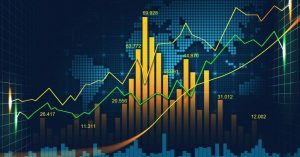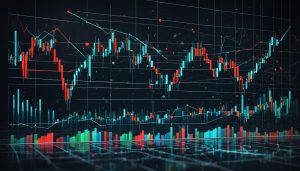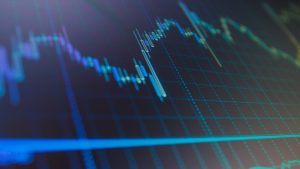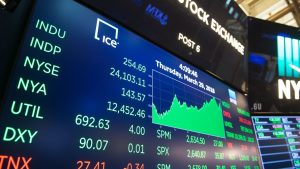How to Leverage Forex Leverage – Maximizing Profits Without the Risk
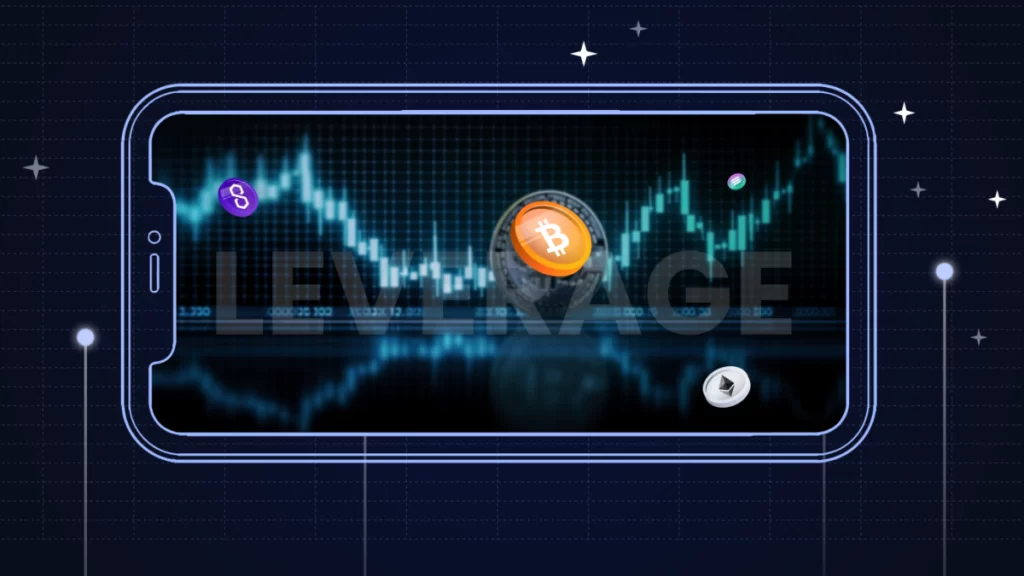
Leverage can help your trading profits by taking advantage of relatively minor price movements, but it’s crucial that you understand how leverage works and how best to use it responsibly.
Traders must select an amount of leverage which they feel comfortable with. For traders with lower risk appetite or those just learning the ropes, lower levels may be more suitable.
Contents
Leverage
Leverage can be an invaluable asset to traders, enabling them to trade larger volumes than they could with only their own funds alone. When leveraged correctly, it can increase profits while simultaneously decreasing risks.
However, newcomers to forex trading often misunderstand the concept of leverage and end up depositing too much into their accounts. But don’t fret: provided you avoid greed and unrealistic expectations while using leverage correctly, it won’t cause losses or increase risk, rather it will increase potential profits and profits!
To determine how much leverage is right for you, it’s important to assess your trading style and account size. If you have a small trading account, using only several times of leverage may ensure your risks do not outstrip your trading capital. As more trading occurs, more leverage may need to be applied.
Margin
Trading on margin can be an incredibly useful strategy for traders, enabling them to control trade positions that exceed their current account balance and magnify profits when market prices move in your favor – as well as magnify losses if market prices shift against you. Understanding leverage, margin and pip values is essential if you wish to safely navigate Forex trading.
Jordan decides to invest in the EUR/USD Forex pair with the belief that its value will appreciate against that of US Dollar. By taking advantage of a 50:1 leverage ratio, he can open a position using only $2,000 of his own funds – should the Euro appreciate against US Dollar then his profits could total $100,000 per 100-pip move, earning him $100,000 of profit ($1,000 per every 100-pip move in EUR/USD). But should market conditions erode his margin significantly then margin calls from his broker may require him deposit additional funds so as to maintain open positions and secure his open positions against losses that surpass his available margin.
Limits
Maximum leverage for traders is determined by the margin requirements of their broker. Funds deposited into a margin account serve as collateral against loans from forex brokers that enable traders to manage trading positions that would typically surpass the available capital.
Trading with leverage magnifies both profits and losses as the value of each position is determined by its full market value, not just what has been invested upfront. It can be tempting for novice traders to get carried away with high leverage trading strategies that could cause them to quickly lose all they invested initially.
Forex leverage is relatively less risky than trading equities or futures; traders typically expect to lose less than 1% of their total trading capital each quarter when using 100:1 leverage; therefore quarterly profits would still total around $4,000. Thus making Forex trading less daunting in terms of risk compared with other financial markets.
Trading strategies
Forex leverage is an indispensable asset for traders seeking to expand their investment capital without making large deposits, as it magnifies potential profits or losses.
But it is crucial that traders understand the risks involved with leverage trading and that no more than 2% of their trading account balance should be at stake when using excessive leverage.
A trader’s ideal forex leverage ratio depends on their risk tolerance and account size. Conservative traders who avoid taking risks might prefer lower leverage levels while more experienced or risk-tolerant traders might prefer greater ones. Leverage levels in trading accounts are set by brokers based on funds in an account as well as margin requirements; details about this process can often be found on an forex trading website’s FAQs section.


